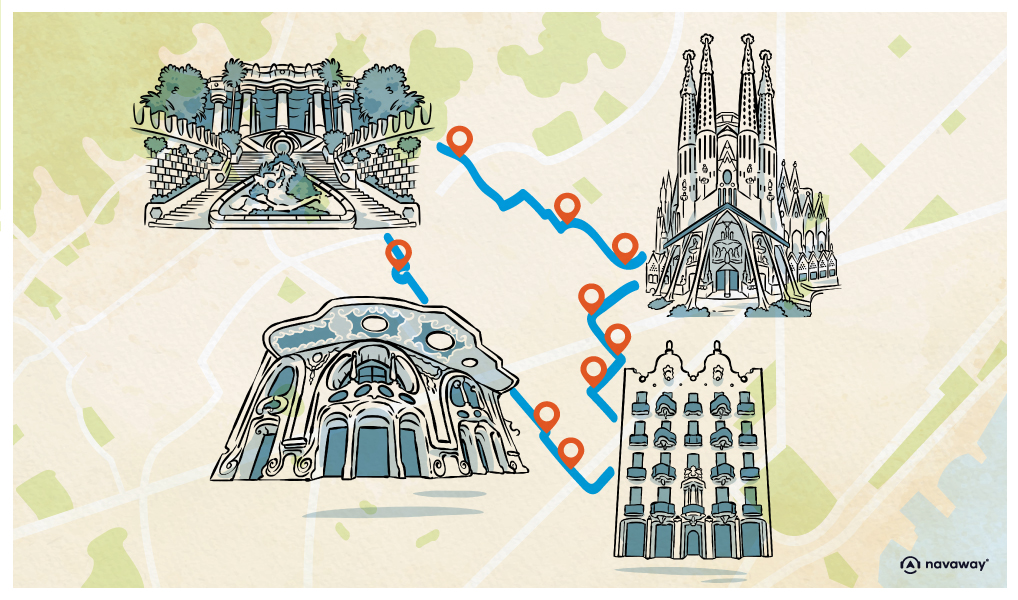
La Sagrada Familia
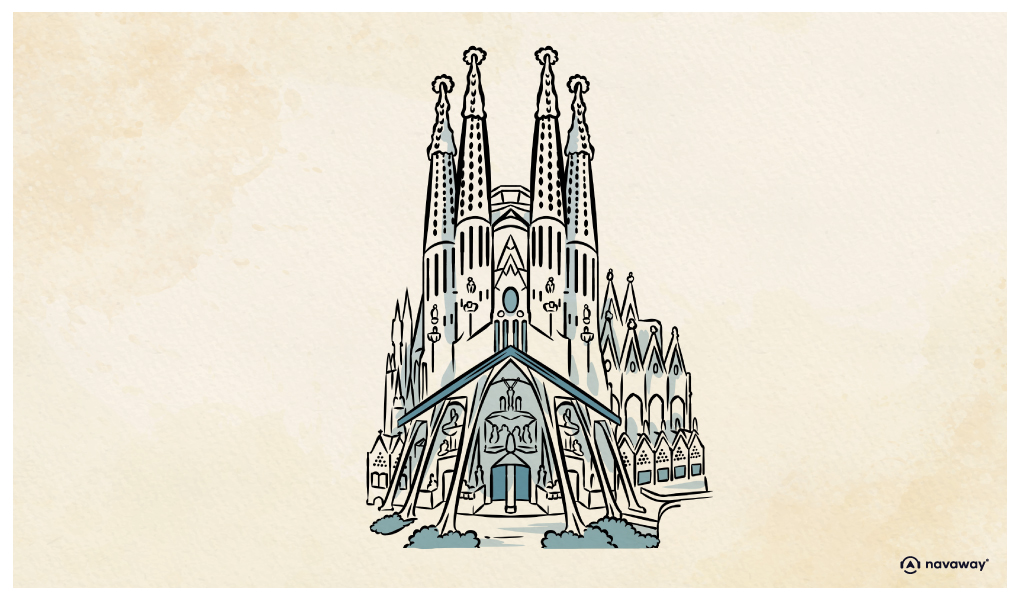
This point of interest is available as audio on the tour: Visit Barcelone, Through Gaudí’s eyes
It’s not every day you get to feel what our ancestors—the great cathedral builders—must have experienced. Those men who devoted their entire lives to something they knew they’d never see completed. And yet, here you are, standing before a living, breathing masterpiece whose story began in 1882… and still isn’t over. Though, you might be lucky enough to witness its completion! By 2026, the central tower of Christ is expected to rise skyward, crowned with a four-pointed cross. Who knows—you might come back and see history fulfilled.This jaw-dropping basilica, with its melted-wax silhouette, sprang straight from the boundless imagination of Antoni Gaudí. When the project had just started, architect Josep Bocabella was appointed to build a church for the Holy Family. He wanted to make a faithful replica of the Sanctuary of Loreto, a church believed to be the very site where the Holy Spirit conceived Christ through the Virgin Mary. Due to many disputes, it was finally a young architect of 31 years old who took over the project with far more ambition. And this is how one of the greatest architects in history began his life’s work. At the time, neo-Gothic buildings were trendy, but not to Gaudí. He did things his own way, for he was the trend himself. Extremely religious, he believed that God created nature, and that, to honor Him, he had to represent nature in his work. That’s why you’re now standing before a basilica that feels alive—organic and flowing. It’s a symphony to nature, a celebration of life. Something that goes beyond religion. Something that reaches far beyond us all. So I guess it won’t surprise you to hear that the Sagrada Família has over 4.5 million visitors a year—it’s THE most visited site in Spain! It even beats the Alhambra in Granada and the Prado Museum in Madrid. And let’s be honest, it takes that kind of turnout to fund a project of this scale. Because yes—being an expiatory church, it can only be financed through donations… or, in modern terms, ticket sales. These bring in €110 million each year—enough to keep the project alive. In 2018, a historic agreement was signed between the project’s promoters and the city of Barcelona. The Sagrada Família can now proudly claim to be the only cathedral that ever got a building permit—more than a century after construction began! Let’s get back to Gaudí though. This man poured his heart and soul into what would become the project of his life. He even slept on-site, and devoted his final twelve years entirely to it. Unfortunately, in 1926, he was tragically hit by a tram and died penniless. Thousands of people attended his funeral, and construction of the building, which had already become an integral part of life for Barcelona’s residents, would continue without him. Well that’s what was meant to happen, but then came 1936 – a coup d’état in Spain. Civil war, followed by world war I. The madness of history catches up with us once again, and Gaudí’s office was set on fire and all plans, sketches and measurements were reduced to ashes—a considerable loss. What remained was gathered and carefully preserved. Today, every surviving fragment is carefully studied as architects and craftsmen try to follow Gaudí’s original vision as closely as possible, piecing together the dream he left behind. He sought to tell the Christ’s story through three façades: Nativity, Passion and Glory. The Nativity Façade was the only one finished before Gaudí’s passing. Standing before you, it represents the birth of Christ through music and his earthly journey. Look carefully, you’ll spot the colourful Tree of Life as well as its 21 doves. Gaudí once explained that he chose to begin with the Nativity façade, because if he had started with Passion, he would have had complaints for its severe appearance. This entire façade is now listed as a UNESCO site. Now, make your way around to the other side…to see the Façade of the Passion with your own eyes and understand what Gaudí meant.

Discover other tours to visit Barcelone

Discover Barcelone with app
An interactive guide through the most beautiful streets, squares, and districts
22 fun audioguides full of historical facts, anecdotes, and legends
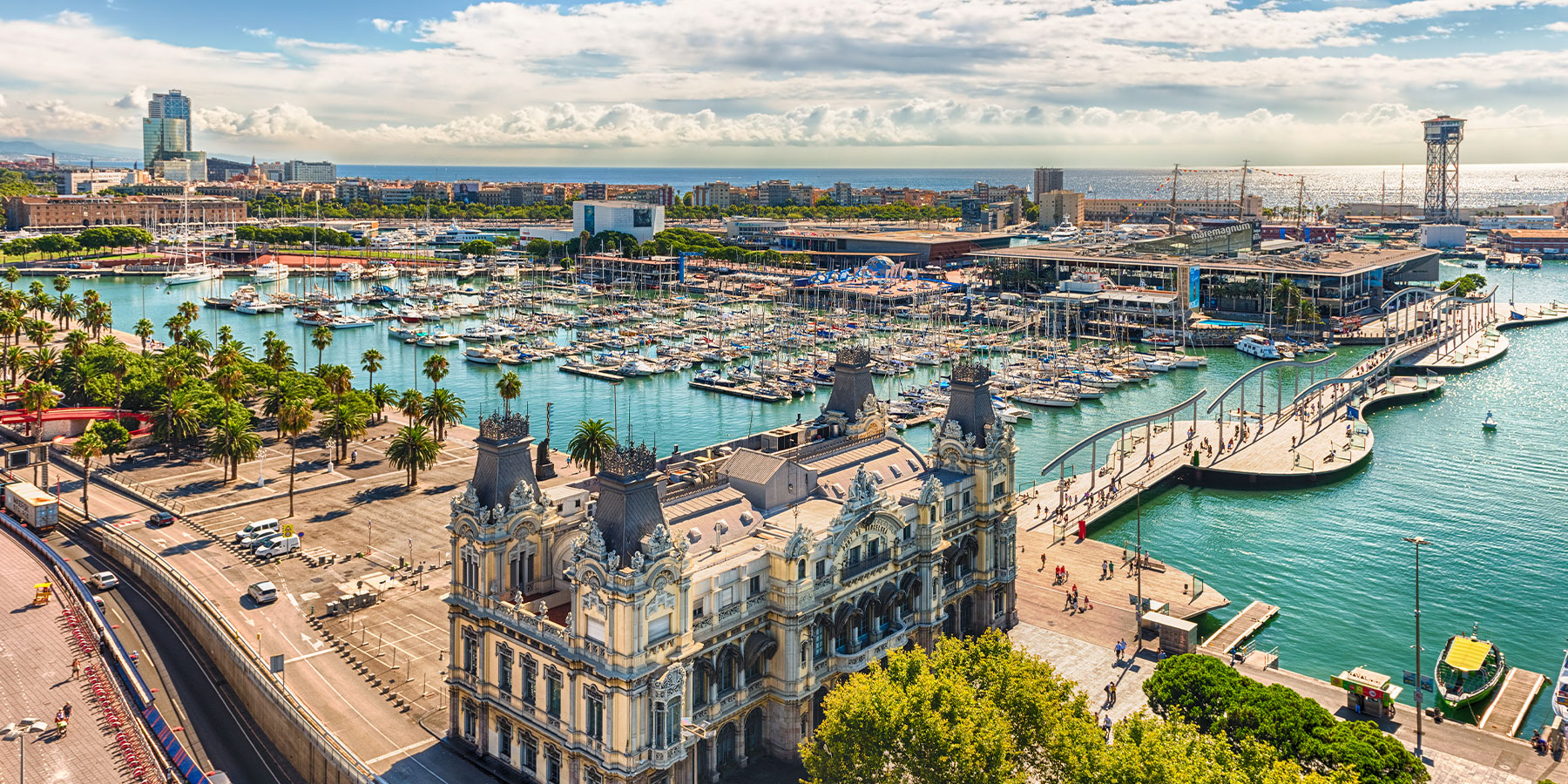
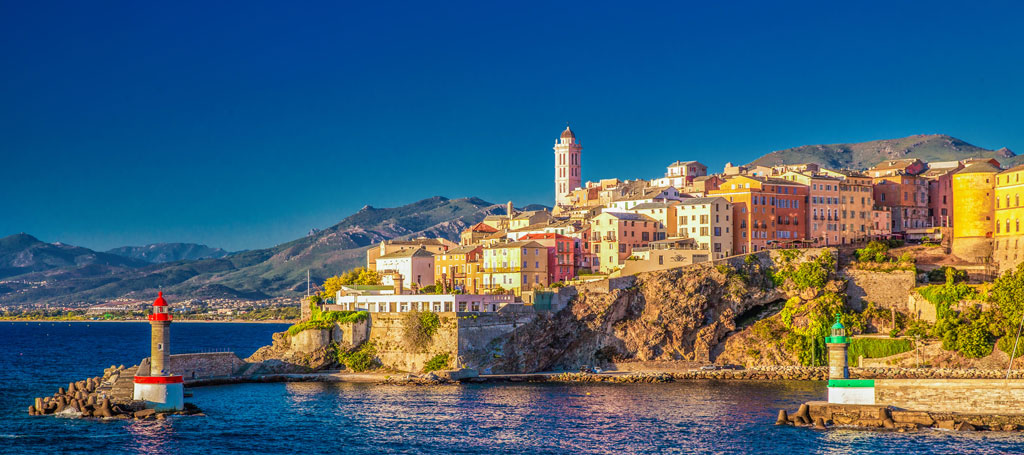
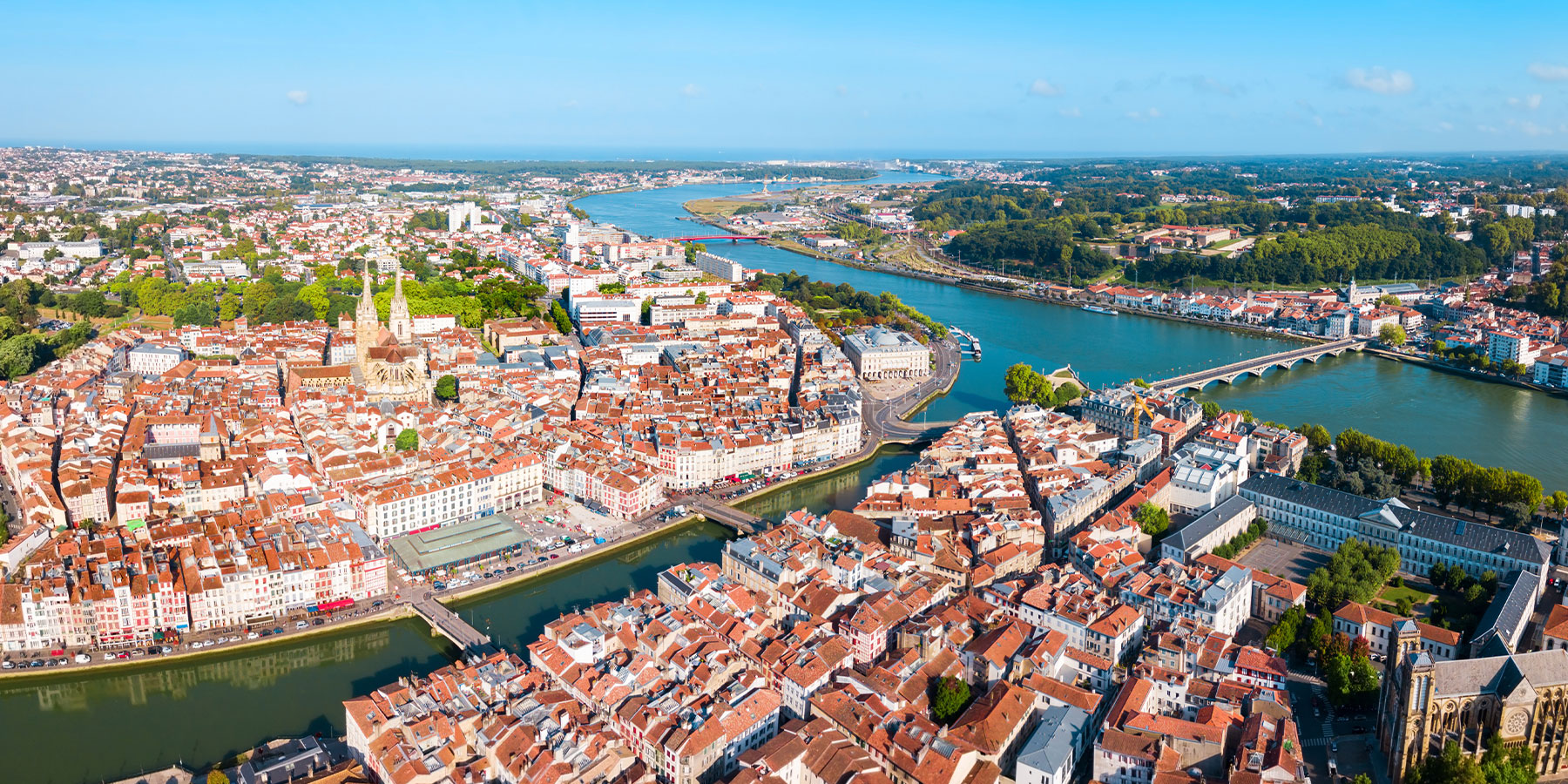
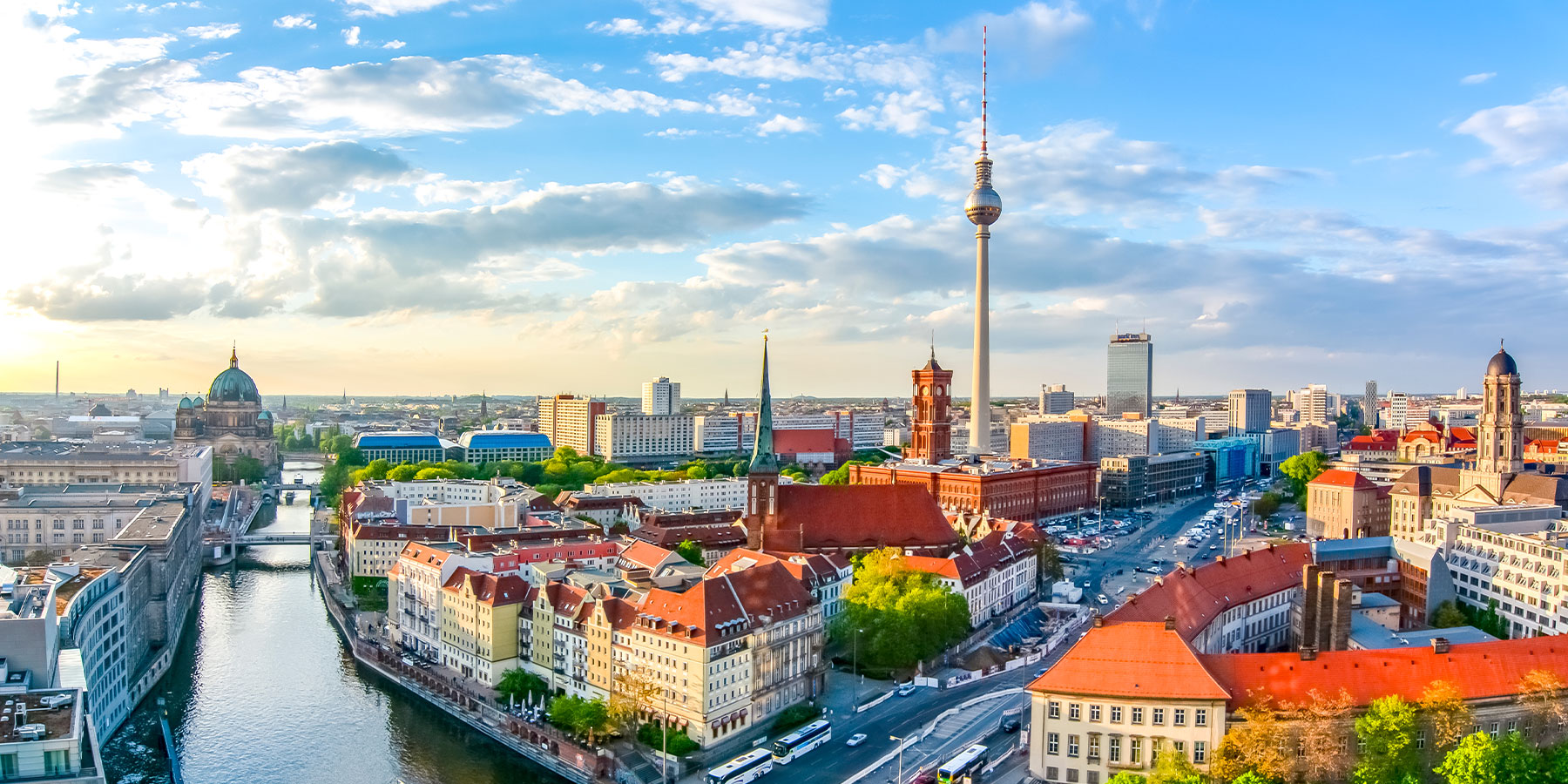


Comments